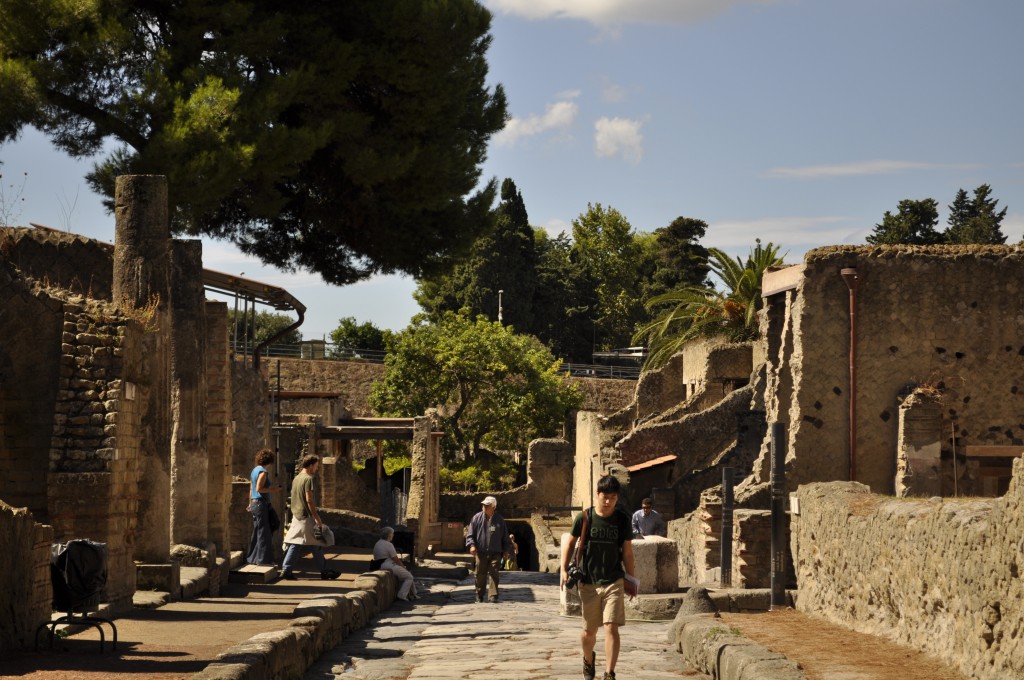
Herculaneum or Ecolano is one of two major cities that were completely obliterated yet oddly perfectly preserved during the volcanic eruption of Mount Vesuvius in the year 76 AD. Even today, it sits under the shadow of the mountain. Although Pompeii exceeds it in monumentality and size, Herculaneum, in fact, used to be the more coveted and popular of the two sites. When the volcano erupted in 76 AD, the volcanic ash, debris, and lava covered the entire city and left the ancient city covered in 16 meters of volcanic matter.
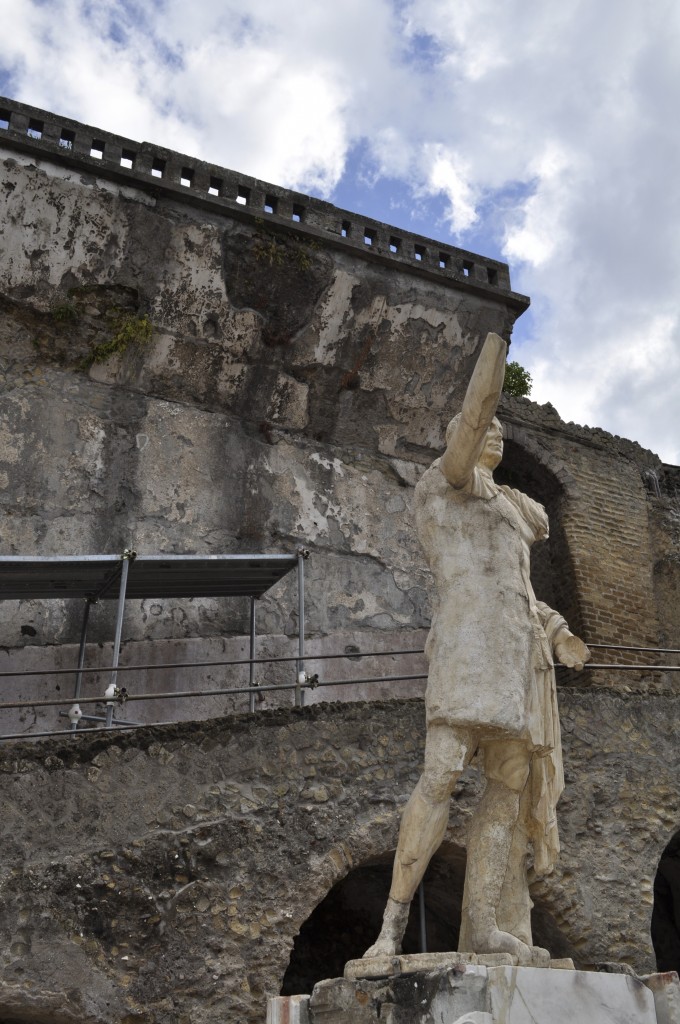
As architecture students, Herculaneum is a valuable tool for understanding the origins of certain building techniques and design. In the case of Herculaneum, the city was built on at least three “decumani.” Five cornerstones run perpendicular to the decumani and to the coastline. Through the well-kept preservation we can discern structural elements such as wooden beams that were carbonized by the intense heat of the volcanic matter. While on the trip, we also focused very much on courtyard houses and predecessors to the courtyard house typology that utilize an open central space with rooms that stem off of the courtyard. In addition, it was also possible to grasp a social sense of Herculaneum through certain communal spaces such as the suburban baths, which included both hot and cold bathing facilities and a steam bath room. It is also possible to see a range in architecture- from monumental structures such as the Hall of Augustus, with an elaborate fresco of the battle between Hercules and the Etruscan god Achello, to the more modest structures like the Trellis home, which used low cost building techniques in order to create a wooden cantilever from the second floor over the street. This was intended for use as a boarding house to be occupied by several families. Through certain decorative details such as mosaics and paintings, it is possible to discern the importance of the people that lived in a particular house. Most of the rooms in typical homes were fairly modest in size.
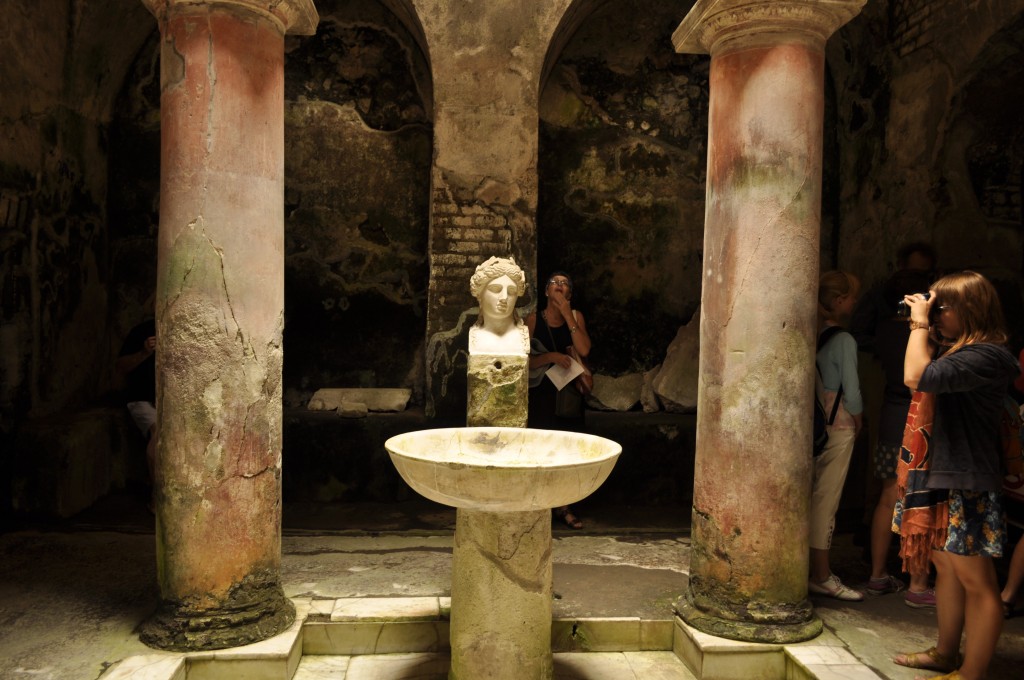
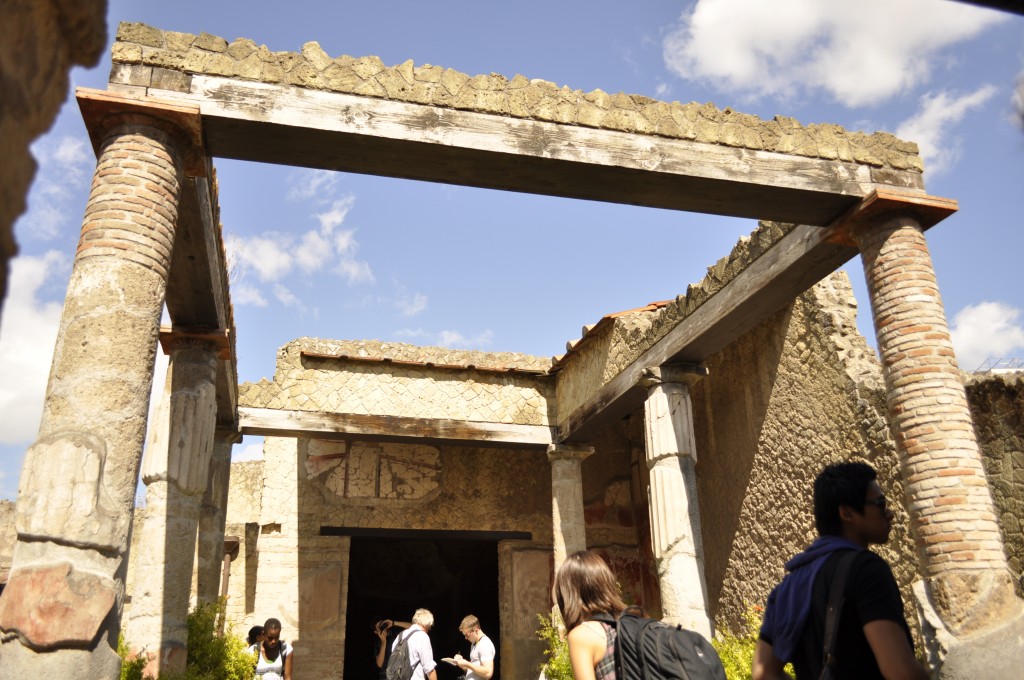
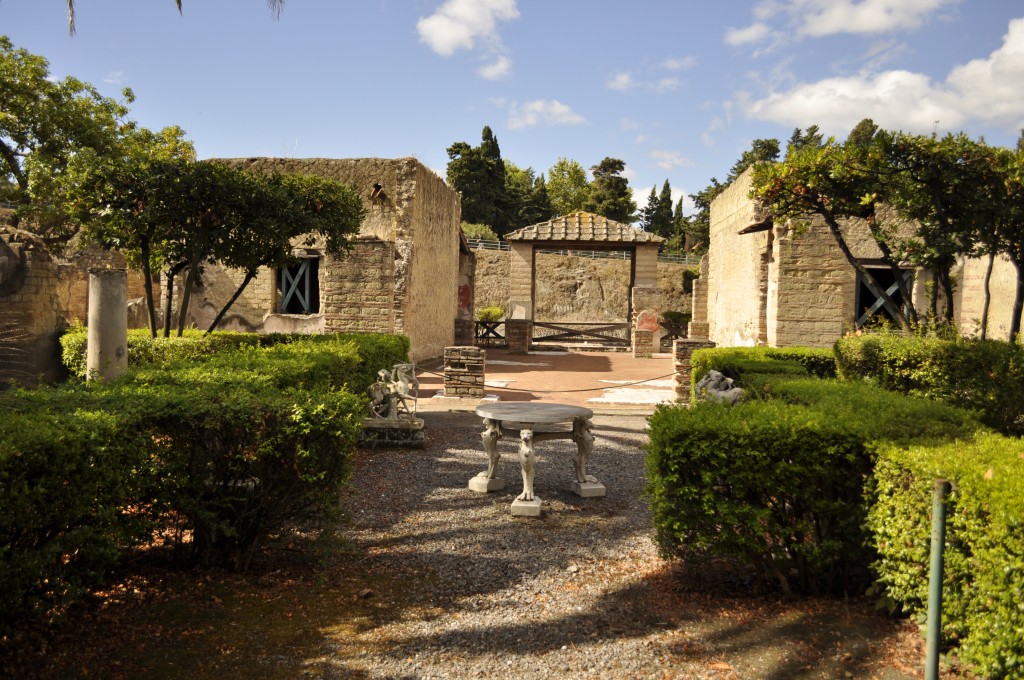
Today, most of the ancient city of Ercolano is not visible to the public. In fact, most of it is still buried under the modern city. The juxtaposition of the new city that hovers over the old city offers an interesting dynamic. The modern day Ercolano continues to bustle and thrive around a frozen-in-time ancient Ercolano. In all, visiting Ercolano presents an ancient city that was well connected, organized, and cultured.
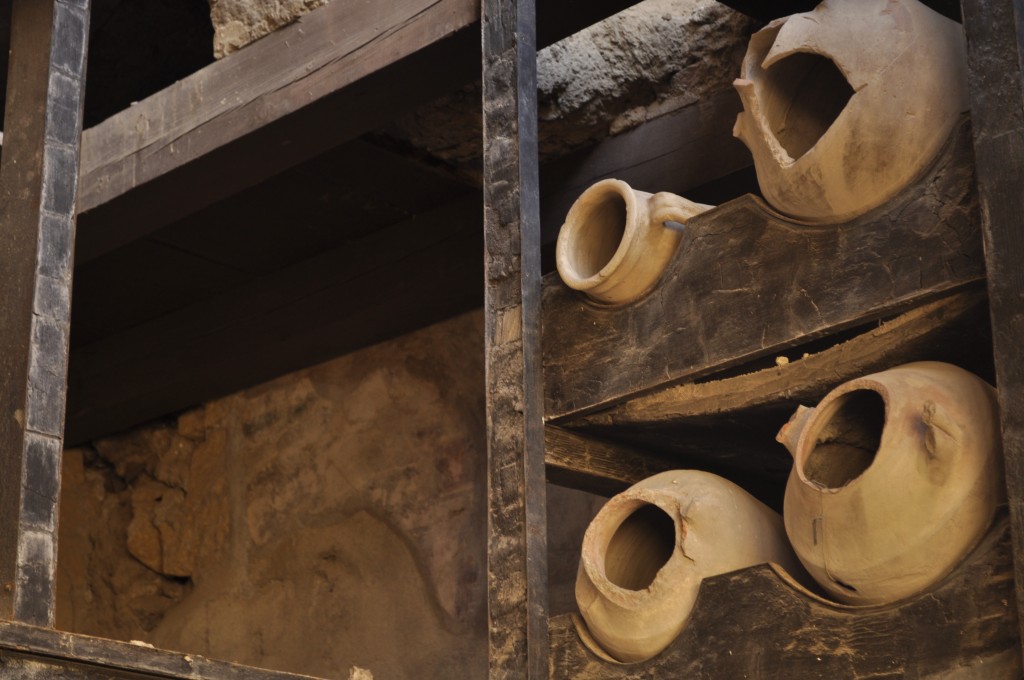
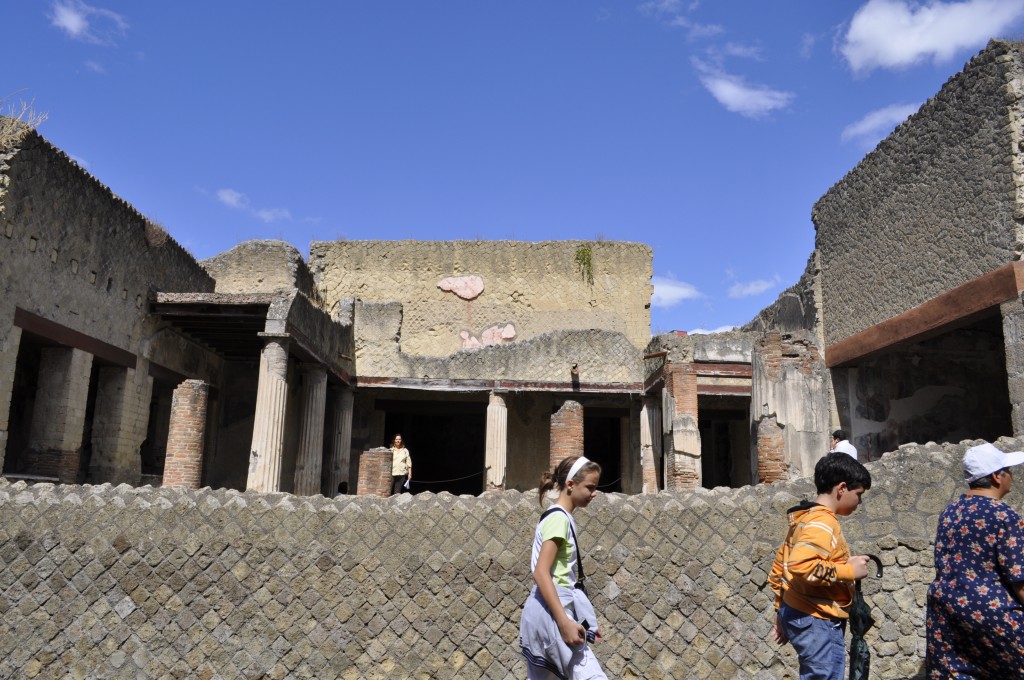
Ciao a tutti,
Christine
